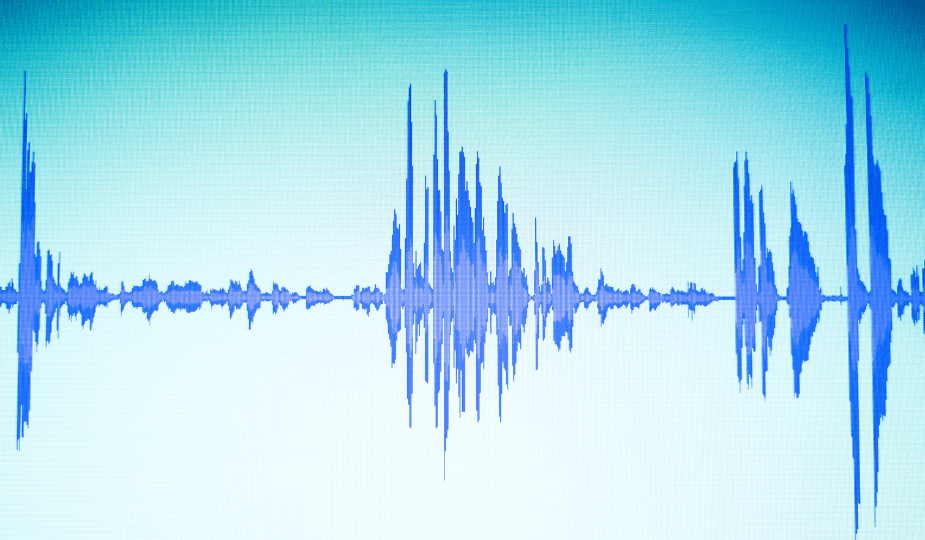Bei der Entwicklung von Mikrofonen ist ein entscheidender Faktor die Akustischer Überlastpunkt (AOP)Eine Kennzahl, die angibt, wie viel Schalldruck ein Mikrofon aushalten kann, bevor es zu Verzerrungen kommt. Das Verständnis und die Optimierung von AOP ist wichtig, um sicherzustellen, dass Mikrofone sowohl in ruhigen als auch in lauten Umgebungen einen klaren und verzerrungsfreien Klang liefern.

Was ist AOP?
Der Akustischer Überlastpunkt (AOP) ist der Schalldruckpegel (SPL), bei dem ein Mikrofon zu verzerren beginnt. In der Regel wird der AOP erreicht, wenn der Gesamtklirrfaktor (THD) 10% überschreitet. Er wird in dBSPL gemessen und ist ein entscheidender Faktor für die Aufrechterhaltung der Audioklarheit in lauten Umgebungen.
Mikrofone mit einem hohen AOP-Wert können lautere Töne aufnehmen, ohne dass es zu Verzerrungen kommt. Sie eignen sich daher ideal für eine Reihe professioneller Anwendungen, von Aufnahmestudios bis hin zu öffentlichen Veranstaltungen.
Warum AOP für Mikrofone wichtig ist
Der AOP-Wert eines Mikrofons ist entscheidend für die Vermeidung von Verzerrungen in lauten Umgebungen. Wenn der AOP-Wert überschritten wird, machen sich Hintergrundgeräusche und Verzerrungen stärker bemerkbar, was die Klangqualität beeinträchtigen kann. Dies ist besonders wichtig für Mikrofone, die in:
- Systeme zur Spracherkennung
- Anwendungen für Audioaufnahmen
- Öffentliche Reden und Konferenzschaltungen
- Kopfhörer und Hörgeräte
Durch die Optimierung des AOP wird sichergestellt, dass Mikrofone höhere Schalldrücke bewältigen können, ohne an Klarheit zu verlieren, was sie in verschiedenen Anwendungen zuverlässiger macht.
AOP-Standardwerte und Trends
In der Vergangenheit lag der AOP-Standard für Mikrofone der Unterhaltungselektronik zwischen 110 und 120 dBSPL. Mit den Fortschritten in der Mikrofontechnologie und der wachsenden Nachfrage nach höherer Klangqualität weisen viele moderne Mikrofone jetzt jedoch AOPs von 130 dBSPL oder mehr auf. Diese Verbesserung ist besonders wichtig für Geräte wie Kopfhörer mit Geräuschunterdrückung und Sprachassistenten, bei denen Klarheit und Präzision entscheidend sind.
Höhere AOP-Werte für Mikrofondesigns
Der AOP-Wert eines Mikrofons kann durch mehrere Faktoren beeinflusst werden, wobei der Vorspannungswiderstand (Rd) des Mikrofons einer der wichtigsten ist. Durch Anpassung des Wertes dieses Widerstandes können Sie sowohl die Empfindlichkeit als auch den Dynamikbereich des Mikrofons verändern:
- Kleinere Widerstände (z.B., 680 Ω) führen zu einem höheren AOP, aber einer geringeren Empfindlichkeit.
- Größere Widerstände (z. B., 2kΩ) erhöhen die Empfindlichkeit, verringern aber den AOP.
Die Wahl des richtigen Widerstandswerts ermöglicht eine Feinabstimmung des Mikrofonverhaltens für verschiedene Anwendungen, sei es für High-Fidelity-Aufnahmen oder rauscharme Kommunikationssysteme. Wir von ECMIC helfen unseren Kunden bei der Auswahl der optimalen Widerstandswerte, die ihren spezifischen Designanforderungen entsprechen.
Warum Mikrofone mit hohem AOP wichtig sind
Die Auswahl von Mikrofonen mit hohem AOP ist entscheidend für eine klare Audioleistung in schwierigen Umgebungen. Mikrofone mit hohem AOP können lautere Geräusche ohne Verzerrung verarbeiten und sind daher ideal für professionelle Audioanwendungen.
ECMIC bietet hochwertige Mikrofonkomponenten an, die sowohl einen hohen AOP als auch eine hervorragende Empfindlichkeit bieten und so eine zuverlässige Leistung unter verschiedenen Bedingungen gewährleisten. Durch die Optimierung von AOP zusammen mit anderen Faktoren wie Empfindlichkeit und Dynamikbereich können Ingenieure Produkte entwickeln, die eine hervorragende Klarheit und Konsistenz bieten. Ganz gleich, ob Sie Spracherkennungssysteme, Hochleistungs-Audiogeräte oder Kommunikationsgeräte entwickeln, die Wahl der richtigen Mikrofonkomponenten ist entscheidend für die Erfüllung der Marktanforderungen.


